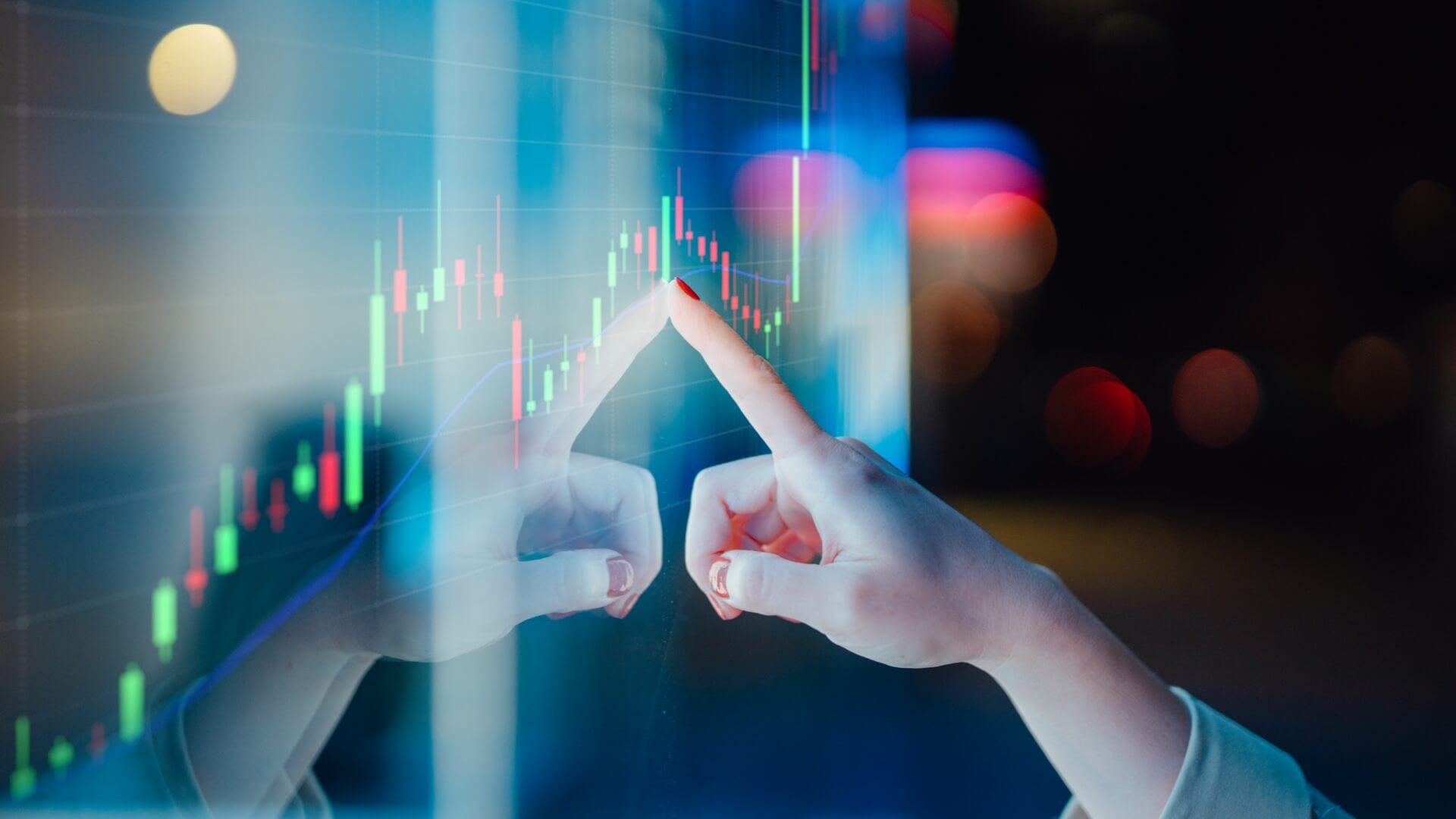The 12 months to 31 March 2023
A quick summary
- High inflation and rising interest rates across the world persist.
- Global shares recover after a rough 2022. Bond markets remain down.
- A rocky month for banks towards the end of the period, due to the collapse of Silicon Valley Bank and Credit Suisse.

Inflation issues
Central banks continued to respond to multi-decade-high inflation levels in western economies by raising interest rates. The US Federal Reserve increased its key interest rate in March 2022 (its first rate hike since 2018). It followed this up with a series of increases, ending the 12 months at 5%, up from 0.25% a year earlier.
The Bank of England (BoE) Base Rate ended the period at 4.25%, with the rate of ascent over the year not seen since the late 1980s. However, UK annual inflation peaked at 11.1% in October and has since decreased to 10.1% (reported) in March 2023. This suggests that monetary policy measures are starting to work, but expectations of when and at what level interest rates will peak, have been frequently changing due to global factors including bank failures.
The European Central Bank kept its key interest rates unchanged at emergency low levels, before finally raising them by 0.50% in July. Further increases took rates to 3% by the end of the period. Inflation in the Euro zone rose to 10.6% in October but began to stabilise and fell to 6.9% in March 2023.
Higher energy prices have been a key reason for inflation and a major cause of the current cost-of-living crisis. Oil and gas prices started the period high in the wake of Russia’s invasion of Ukraine due to partial bans on imports of the country’s oil and coal. However, the price of oil and gas fell in the latter half of the period. This has been driven by the US Inflation Reduction Act and a milder winter than expected across Europe. The fall in price will eventually flow through to lower energy and fuel prices which will result in cheaper costs for the growing, manufacturing, transporting and selling of goods.

How did stock markets do?
It’s been a turbulent time for global stock markets, which saw a 7% drop in the first half of the period. They recovered steadily over the rest of the period to end with a loss of 0.9% for the 12 months to end March. Investors have been unnerved by high inflation, surging energy prices and rising interest rates, bank failures and Russia's invasion of Ukraine. All of which added up to a worsening global economy. However, the UK stock market has shown some resilience, with a return of 3% over the period. It’s home to many energy and mining companies and their share prices have benefitted from high commodity prices. The FTSE 100 broke through the 8,000 index level for the first time in February thanks to strong performance from oil & gas companies and also the banking sector. These sectors, which make up approximately 20% of the UK stock market, benefited from higher commodity prices and interest rates.
The shock of the Ukraine war and its impact upon energy supplies added to investors’ worries. Markets recovered slightly in the second half of 2022 and 2023 and enjoyed a strong January, buoyed by hopes that interest-rate rises were coming to an end as inflation eased. The collapse of Silicon Valley Bank, a US lender, and its potential impact upon the wider banking system, caused share prices to fall in early March 2023 before swiftly recovering as governments and larger banks stepped in.
In Asian markets, the biggest development was the Chinese government’s decision to abandon its stringent zero-Covid approach in early December. The controversial policy had proved highly disruptive to the Chinese economy. Having struggled for most of 2022, Chinese share prices rebounded sharply as the economy reopened. The wider Asia region also saw a partial stock market recovery. The Japanese stock market rose over the period and avoided the major falls experienced by most other developed stock markets in 2022.
In Asian markets, the biggest development was the Chinese government’s decision to abandon its stringent zero-Covid approach in early December. The controversial policy had proved highly disruptive to the Chinese economy. Having struggled for most of 2022, Chinese share prices rebounded sharply as the economy reopened, recording solid single-digit gains over the period. The wider Asia region also saw a partial stock market recovery. The Japanese stock market rose over the period and avoided the major falls experienced by most other developed stock markets in 2022.
Overall, emerging market shares fell just short of 5% after the effects of currency, despite a small gain (1.6%) from the largest emerging market, China. The Brazilian stock market fell by over 12% in the period, amidst political unrest during presidential elections in October.
Despite high energy prices and inflation (albeit coming down faster in the EU than other regions), European shares - like the UK - performed well over the 12-month period. They returned 4.6%, which was boosted to 8.6% for UK investors when considering the rise in the value of the euro versus sterling. Despite the ongoing conflict in Ukraine, stock markets in Europe and the UK have been remarkably resilient.

Inflation and rising rates hit bond markets
Global government bonds have had a challenging 12 months. After years of ultra-low interest rates, central bank rate rises (to combat inflation) caused a historic fall in global bond markets. The winding up of bond-buying stimulus programmes added to the downward pressure on bonds. The same inflationary and interest rate pressures also drove down corporate bonds. In the period investment grade (AAA-BBB) corporate bonds fell by over 10%.
Bond prices are particularly susceptible to rising interest rates, as it directly affects the relative value of the fixed income payments. Bonds have reacted not only to the interest rate rises that have already happened, but also to the expected future direction of rates. UK rates are expected to rise more slowly in 2023 compared to last year, now inflation has hopefully peaked and the economy teeters on the brink of recession / flat-lining. This has resulted in rising bond values towards the end of the period – particularly during the banking failures in March 2023.
UK government bonds (gilts) were also pushed down further by the new (and now ex) Chancellor's mini budget in late September. This announced unfunded tax cuts hot on the heels of the energy price guarantee. The actions of the government (in part forced by energy prices outside of their control) forced the BoE to start buying gilts again to prop up the market. The total return from UK gilts over the last 12 months was -10%. Whilst this figure is disappointing, this does show signs of improvement on previous reports where UK gilts had lost over 20% in a 12-month period. The recovery is due to interest rates tapering sooner than expected and lowering inflation.
